Mima Moments, Experience Design Team
We caught up with our Experience Design team, to discuss some recent initiatives they’ve been working on and the strategies they adopt within the design process. From the micro to the macro, and the three words that define a meaningful user experience to them, meet Lisa, Adam, Paul, Divya and our Design Intern placement Student Sarah.
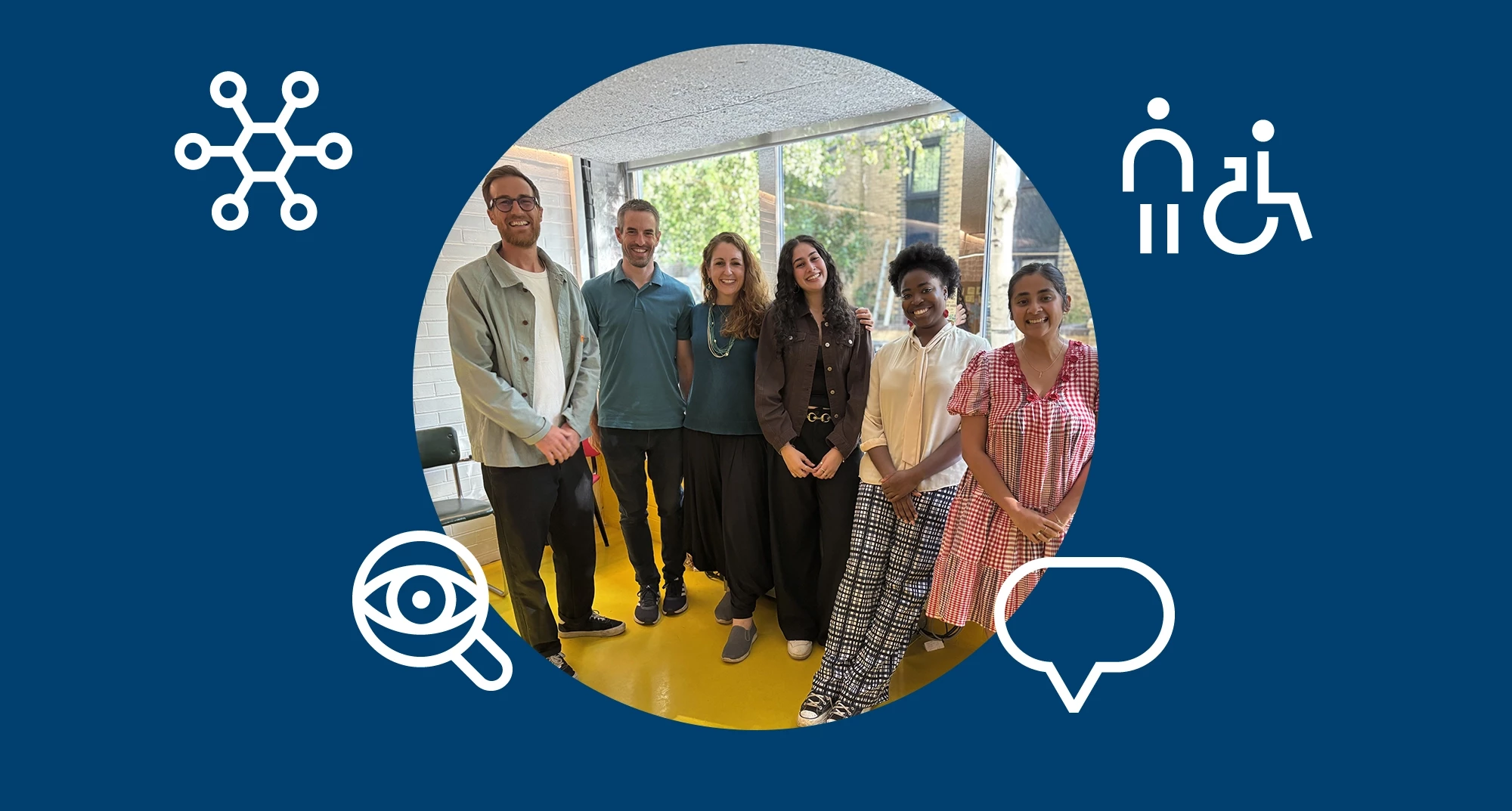
What is a design initiative the team is particularly proud of, and why? What made it successful?
Adam: For me, it’s our behaviour change work for an amazing social impact charity - Till the Coast is Clear. It demonstrated how we can utilise our skills in behaviour change and information design to deliver a real world nature positive impact. Till the Coast is Clear strive to clear the shorelines of plastic pollution - through their beach clean activities and by providing ocean plastic recovery points located at beaches, for use by the public. But they were having challenges with public understanding and mis-use. We worked with them to understand beach goer attitudes, motivations and drivers. Utilising behavioural design and information graphics we developed all new recovery point signage. I’ve just come back from a trip to the beach to see them and I’m really proud to say that our behaviour change intervention is having a big impact - increasing public engagement, growing the number of people who collect ocean plastic on the beach, and reducing mis-use. This impact is clearing the beaches of plastic pollution and protecting marine life - a massive win!
Paul: Mine would be Design to Deliver. We were helping SMEs who were trying to make a positive difference to nature. It was really collaborative in the way the project was set up as well as everybody's attitudes from all the different organisations. They were all really focused on that big goal and you could tell that everyone was putting in that extra bit of effort into how we work together across different teams.
Adam: There was a lot of energy in that workshop.
Lisa: I loved how all the different design consultancies collaborated so seamlessly and were eager to learn from one another. There was no sense of competition, which was lovely. We shared a collective goal, to support our SMEs in translating their space-enabled data into trusted, actionable insights that drive responsible behaviours towards nature.
Adam: And everyone was pulling in the same direction because every project was nature positive.
Lisa: Everyone was just rallying to help the SMEs and sharing their amazing ideas.
Lisa: Tellmi is another amazing project. I'm so inspired by these two amazing women, Suzi Godson and Kerstyn Comley, who co-founded Tellmi. They saw a gap in mental health support in the UK for young people, and were adamant to do something about it. They founded this brilliant platform which is now supporting hundreds and hundreds of young people. It’s the only NHS app that's been approved for 11 year olds, which feels very personal to me right now because my daughter only just got a phone as she started high school. Her phone is set up as a child’s phone, and she's not allowed anything apart from text and her homework app, but it's the only other app I would allow her to use.
We’ve been doing two projects with Tellmi, the first project was to help autistic young people, again a massive gap in the market where there is very little support, or resources to help them. Autistic young people have much higher rates of mental health and the assessment system is currently so slow that some children have to wait up to four years for the NHS to confirm their diagnoses. This platform allows them to talk to peers. It's moderated so it's safe. It's like if social media was good, this is what it would look like.
Mima worked with Tellmi to map out the autism diagnosis pathway, uncovering pain points and identifying opportunities where the platform could support young people and NHS trusts during waiting periods. We’re now working with them again, on extending their mental health support service for jobseekers and those facing unemployment. This platform will give them the opportunity to get resources that will help them but also have an opportunity to get some work experience as part of their peer program. It's a fabulous initiative. They have sought funding through various platforms, and have seen the value of design thinking, experience design and service design. It means we have been able to work with them, which has been amazing, and I feel like we’ve really delivered value in helping enrich their service and shape what it should look like.
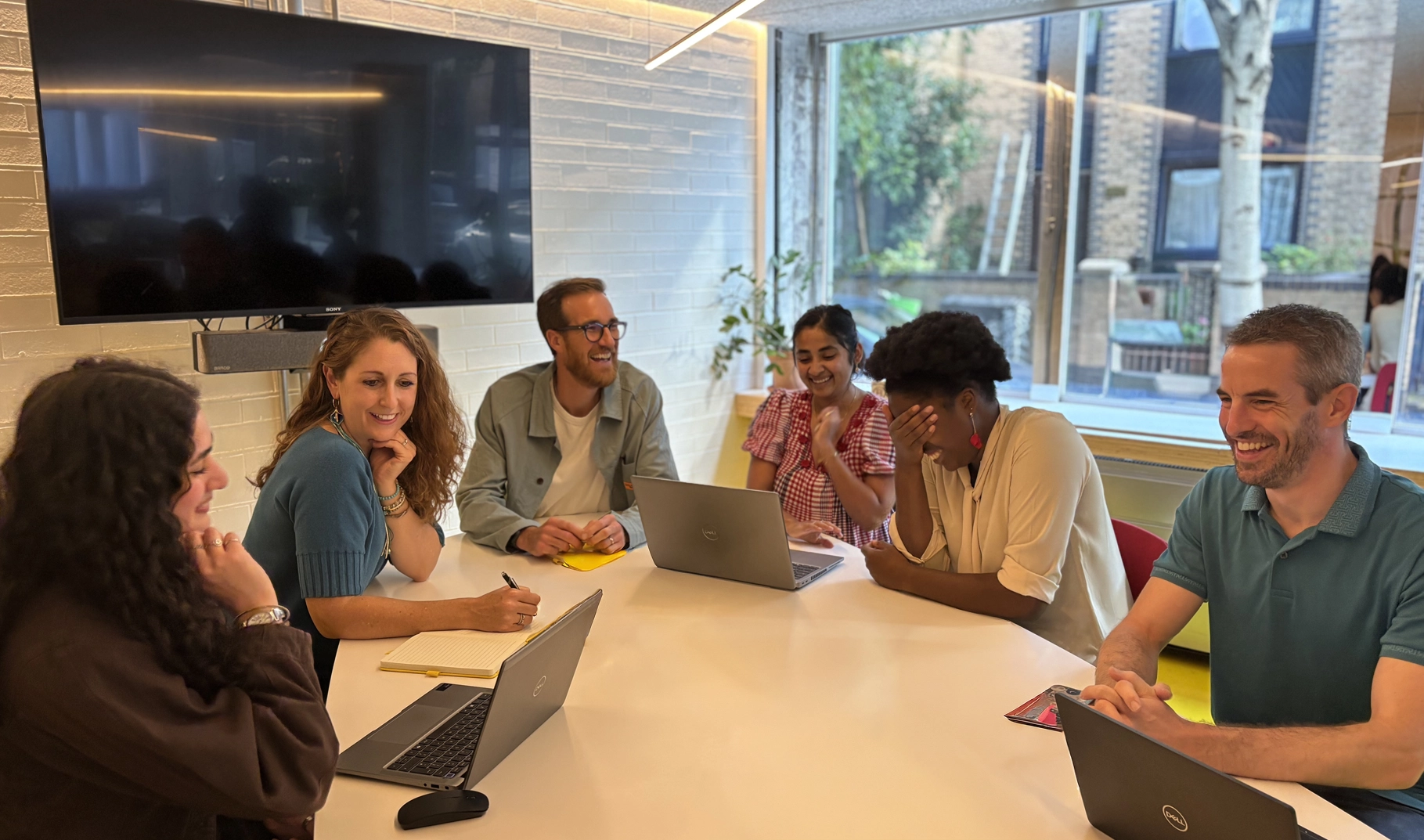
Which three words define a meaningful user experience to you?
Divya: I'd say supportive, seamless and managing expectations. I think they go hand in hand because for a good user experience, no matter what you are being supported through, the support must be very clear and visible. Whether it's physical, or digital, the type and intention of support needs to be shown. Making sure it's continuous and not feeling as if it's reaching a dead end where the user doesn’t know what to do next. And managing expectations. We can't do everything that a user might want but just letting them know what we can and not overselling or underselling. Managing expectations is so important to ensure people feel as if it's a positive experience.
Lisa: I have three C's, compassion, clarity and connection.
I think the lovely thing about human centred design and what makes a meaningful user experience is that it feels kind, compassionate and empathetic. I think naturally the type of people that are drawn to this industry are that. I feel like it's good to have clarity to know what you're doing and the connection of it. The whole experience always fits inside an ecosystem. That's why I love the end to end journey mapping and planning, because experiences don't exist in isolation. They’re shaped by the wider context of our lives and work and how everything connects. You can design a perfect moment, but if what comes before or after it isn’t enjoyable, that's often what people remember the most.
Sarah: I would say comfort, accessibility and diversity. User experience should aim to provide comfort for a wide range of people. Whether it's through the use of anthropometric data, or talking to people with lived experience, ensuring the product or service actually caters towards the user is important. Diversity is also a big factor in this, mainly because a design, product or service that only caters towards one group of people is really just a bad design. It could be designed with one main demographic in mind, but inadvertently it should help a broader group of people, that's how you know it's a good design.
Consulting a wide variety of people from different backgrounds will also help form a really strong foundation for a good product or service.
Experiences don't exist in isolation. They’re shaped by the wider context of our lives and work and how everything connects. You can design a perfect moment, but if what comes before or after it isn't enjoyable, that's often what people remember the most.
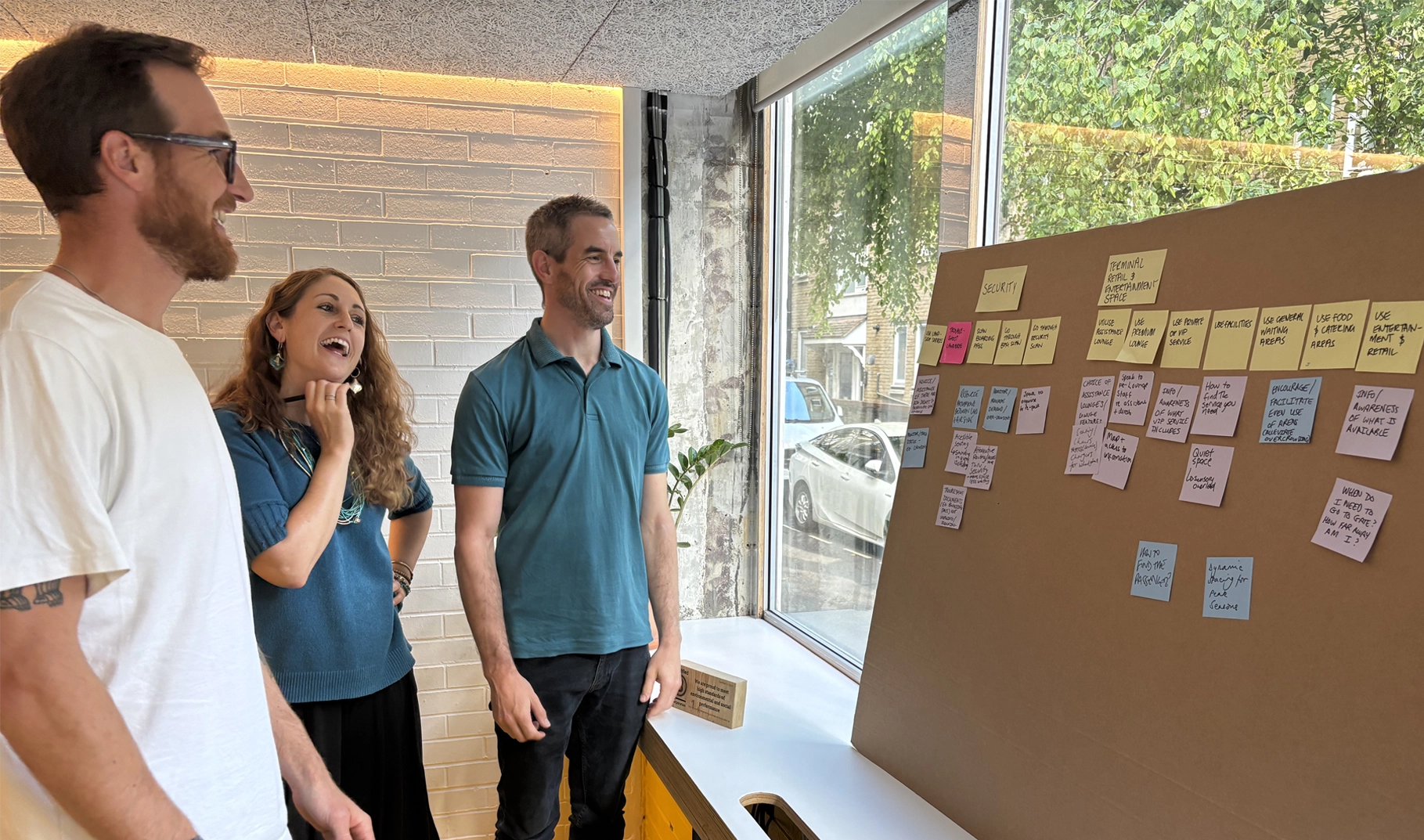
What does co-design look like to you? How do you bring clients into the design process, and what do you think surprises them most about this process?
Paul: I think sharing a process and the definition of it is important for co-design. This demonstrates our trust in the users and the openness to accept or take on board their involvement in the decision making. Co-design is about bringing a range of stakeholders into the process, and giving them prompts and ideas to get them started. This could be introducing a tool or a method, and giving them a way of accessing how we design together. And then going into listening mode, and trying to make sure that we are hearing them, and seeing where that takes the conversation.
Often what surprises them is that we don't have all the answers. We have to work it out together.
Adam: I would say it's about bringing the users’ voices and perspectives into the design process. When we go out and do research with end users, then bring that insight back into the design process, highlighting their pain points or the challenges real people face when using a transport system or interacting with a building, place, destination - that's always really powerful.
That can be a real eye opener for an end client, playing back the user's voice and saying, "Well, this aspect of the design is working okay, but there are some pain points, and people have challenges with X, Y, and Z. Now let's work through some solutions to make it work better for the people that are going to use it."
Divya: I think showing the results of the co-design is also an important part. It's amazing when we go back with what we've designed, and show the people we have co-designed with, how their perspectives were taken on board and shaped the end result.
Co-design is about bringing a range of stakeholders into the process, and giving them prompts and ideas to get them started. This could be introducing a tool or a method, and giving them a way of accessing how we design together. And then going into listening mode, and trying to make sure that we are hearing them, and seeing where that takes the conversation.
What strategies do you use to help non-designers engage with and understand the design process?
Lisa: Storytelling has always been a powerful way to connect with people, humans have loved and shared stories forever. We love listening to stories. We love them as children. We love them as adults. Whether it’s a bedtime story as a child, or with a group of friends at the pub, humans love stories. Using storytelling can help people really see and understand an experience. You might have a particular service or product, and by sharing how someone has used it in the past, or how they might use it in the future, you start to step into the shoes of the person you're designing for.
Showing sketches as well as prototypes, really brings things to life. I also love Miro boards. People love that, especially non-designers as they're not used to that world of really iterative, playful, visual thinking processes. That's a really good way to engage them.
Adam: I think images and prototypes, or walk-throughs in 3D models are all really powerful tools and can really help people to understand and start to engage with a design, enabling them to provide feedback and inputs.
Using personas and journey mapping can really bring to life how someone's going to interact with a system or a place or a destination, in a relatable way, to build empathy with the range of different users that we always try to bring into the design process. There's not just one average user. We have to support a wide, diverse range of people to ensure they have equal access to use it. So we can utilise personas and journey mapping to walk through that process with architects or engineers that we're working with.
Using personas and journey mapping can really bring to life how someone's going to interact with a system or a place or a destination, in a relatable way, to build empathy with the range of different users that we always try to bring into the design process.
What does the micro and macro mean to you?
Adam: Being detail orientated, but always having an eye on the bigger picture. The holistic use.
Lisa: Micro is the little moments of delight or friction. Macro is the system and the long term impact.
Paul: Thinking at both the micro and macro level is a good way for us to make sure we're avoiding assumptions between ourselves, or others we are working alongside. It encourages us to keep applying different lenses to whatever we’re working on. You need to be able to dive in and then zoom back out again, To create holistic experiences, and do this quite interchangeably.
Sarah: Micro are the little things that affect you in a moment. For example, the transportation you use on a daily basis. A smooth route to work with no delays can enhance your day and make you feel like you're more prepared. These small details all make and shape your day to be better. Macro is about the bigger picture. It takes all these micro moments and movements to create bigger events in the world. If you think of the super loop bus system. By studying and researching the frequency of everyone's little journeys, that they themselves may have thought were insignificant, TFL managed to identify the most popular bus stops to create the express service, the Superloop, which has had so many benefits since its introduction.
The micro and macro are very much intertwined with each other, and shouldn’t be thought of separately, as there is a major overlap, one always leads to the other.
Have a project that you think could be enhanced with experience design? Get in touch with our team today.
Written by:
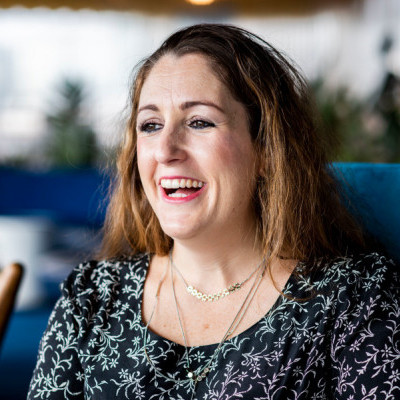
Lisa Baker
Head of Experience Design & Sustainability
Lisa is a Chartered Human Factors Specialist with 18 years of experience across various industries, including healthcare, transport, culture and heritage. Lisa specialises in bridging human factors and service design to create innovative and sustainable customer services and experiences, grounded in evidence.
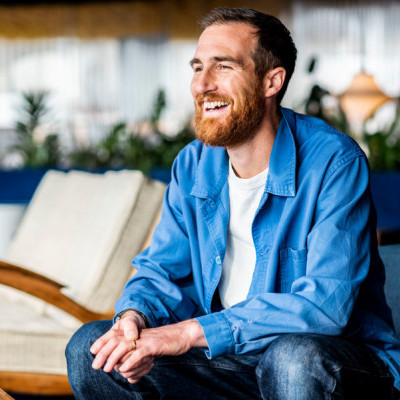
Adam Parkes
Principal Human Factors Consultant
Adam has extensive experience providing user centered design insight to complex and challenging design programmes in airports, transport hubs and public buildings. Adam gets to the heart of the user experience and understands how the design can meet their needs to be effective, efficient and inherently intuitive.
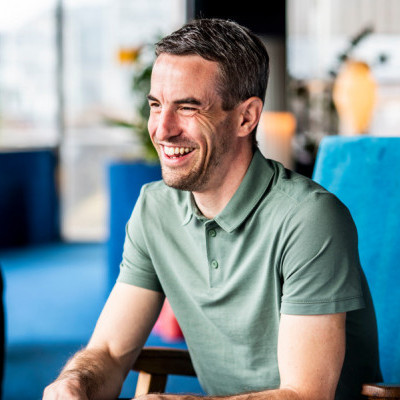
Paul Reynolds
Principal Industrial Designer
Paul has a broad range of experience in engaging end users in the design of complex workplaces. He recently delivered control room design work to Banedanmark for a major project in Copenhagen, and interior design advice to CERN for their main design office in Geneva. Paul holds a BA (Hons) in Industrial Design and Technology.
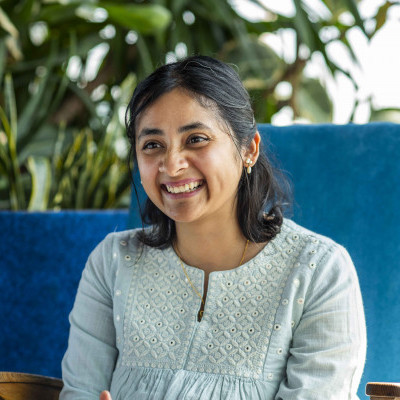
Divya Charlie
Service Designer
Divya is a creative service designer and researcher with experience in participatory design and community-culture projects. Divya explores the human and place based connections across diverse experiences and perspectives, driven by innovation for well-being. She believes that the best solutions emerge through people engagement in collaborative and shared vision environments.

Sarah Shedu
Design Intern
Sarah is our latest design placement student. Currently pursuing a degree in product design and technology, she has dedicated herself to bridging her imagination to reality through the experimentation of design mediums. In the strive to push herself beyond preconceived limits, she aims to deepen her understanding of human-centred & inclusive design by working across teams within Mima Group.